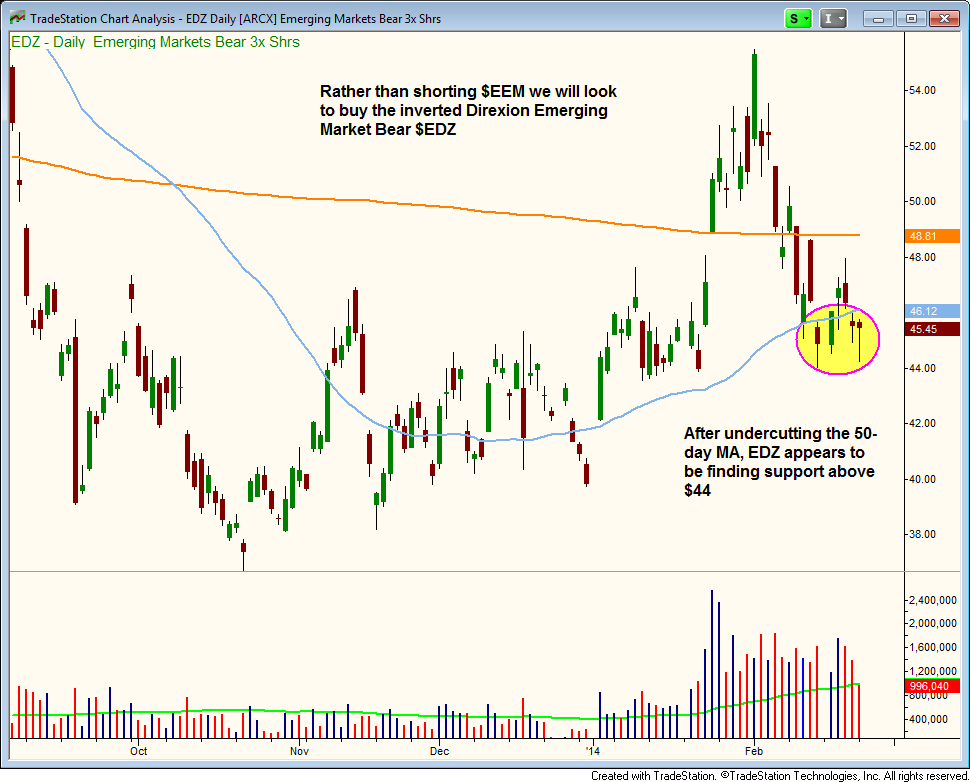Strategists Best Foreign ETF Investments For 2014 DEM EWW EZA PLND
Post on: 16 Март, 2015 No Comment

Which foreign stock markets should investors put on their itinerary in 2014? We asked several investment strategists to share their top ETF investing idea.
• Tom Cahill, portfolio strategist at Ventura Wealth Management in Ewing, N.J. with $200 million in assets under management: Our favorite ETF for 2014 is iShares MSCI EAFE (ARCA:EFA ). The European economy is forecast to grow 1% in 2014 vs. a contraction of 0.4% in 2013, Bloomberg says. Earnings per share for companies in this ETF should grow 16% on average.
The expected price-to-earnings ratio for the average company in the fund is 14.78 vs. 15.83 for the S&P 500. These companies have underperformed domestic companies for the last five years and look due for a catch-up phase.
Investment risks include a rapid rise in interest rates due to an aggressive tapering in the Federal Reserve’s quantitative easing program, a hard landing in China and a return of the sovereign debt crisis in the eurozone. Any one of these issues could pressure global financial markets.
• Charles Sizemore, principal of Sizemore Capital in Dallas, with $6 million in assets: Research site GuruFocus recently calculated that major emerging markets such as China, Russia, India, Brazil and Indonesia were all priced to deliver annual returns well in excess of 15% a year.
Africa is the single most attractive emerging or frontier region in 2014 and for the rest of this decade. For the first time in its history, Africa is developing a real middle class. This is a long-term macro story and one that I expect will generate China-like growth through the remainder of the 2010s and 2020s.
African per capita gross domestic product has more than doubled in the past decade. And according to Deloitte, seven of the 10 fastest-growing countries in the world are in Africa. Africa’s middle class is already well above 300 million people, or a little more than a third of the population. It’s a block of consumers comparable in size to the middle classes of China and India.
Internet usage, though still low at about 10% of the population, is also growing at a torrid clip of 2,527% over the past 11 years. With 616 million mobile subscribers, mobile phones are filling service gaps, giving millions of lower-middle-class consumers access to basic banking services for the first time.
According to Deloitte, a 10% increase in mobile-phone penetration in a poor country is linked to an increase in GDP of 1.2%, due to the ensuing economic activity that people engage in.














